Apache Iceberg: A Modern Table Format for Enhanced Data Lake Management
Apache Iceberg is a cutting-edge table format designed to address the shortcomings of traditional Hive tables, delivering superior performance, data consistency, and scalability. This article explores Iceberg's evolution, key features (ACID transactions, schema evolution, time travel), architecture, and comparisons with other table formats like Delta Lake and Parquet. We'll also examine its integration with modern data lakes and its impact on large-scale data management and analytics.
Key Learning Points
- Grasp the core features and architecture of Apache Iceberg.
- Understand how Iceberg facilitates schema and partition evolution without data rewriting.
- Explore how ACID transactions and time travel bolster data consistency.
- Compare Iceberg's capabilities against Delta Lake and Hudi.
- Identify scenarios where Iceberg optimizes data lake performance.
Table of Contents
- Introduction to Apache Iceberg
- The Evolution of Iceberg
- Understanding the Iceberg Format
- Core Features of Apache Iceberg
- Deep Dive into Iceberg's Architecture
- Iceberg vs. Other Table Formats: A Comparison
- Conclusion
- Frequently Asked Questions
Introduction to Apache Iceberg
Originating at Netflix in 2017 (the brainchild of Ryan Blue and Daniel Weeks), Apache Iceberg was created to resolve performance bottlenecks, consistency problems, and limitations inherent in the Hive table format. Open-sourced and donated to the Apache Software Foundation in 2018, it quickly gained traction, attracting contributions from industry giants like Apple, AWS, and LinkedIn.
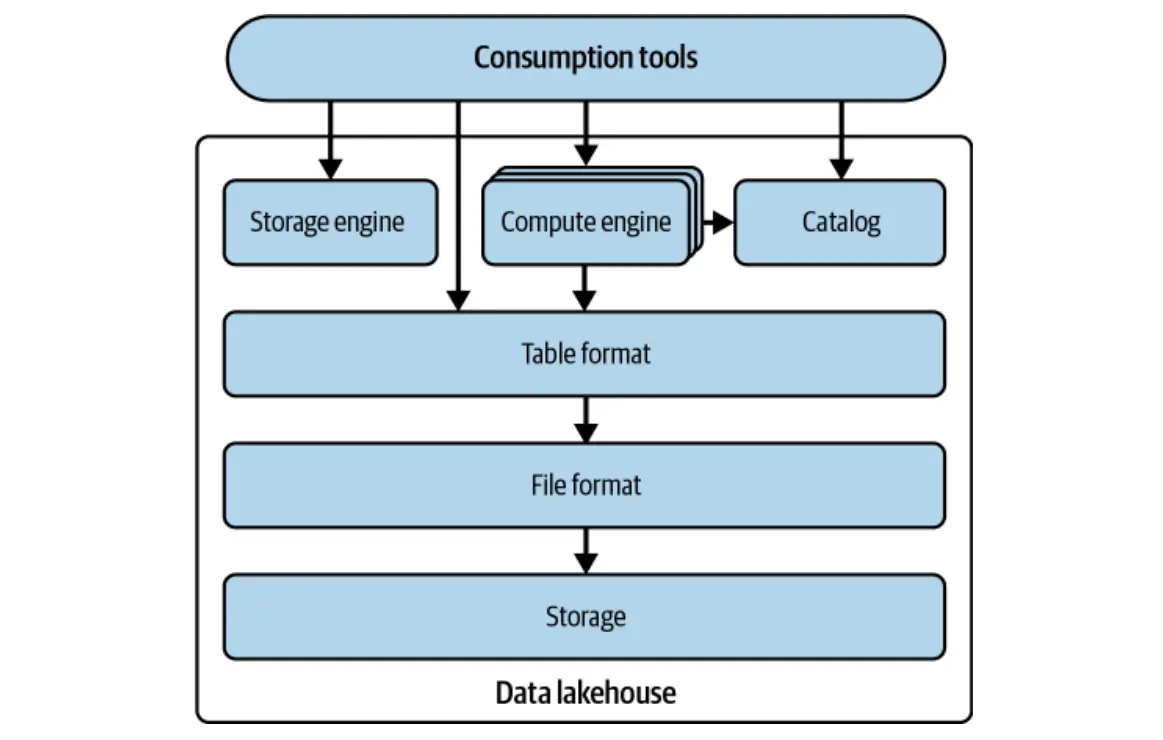
The Evolution of Apache Iceberg
Netflix's experience highlighted a critical weakness in Hive: its reliance on directories for table tracking. This approach lacked the granularity needed for robust consistency, efficient concurrency, and the advanced features expected in modern data warehouses. Iceberg's development aimed to overcome these limitations with a focus on:
Key Design Goals
- Data Consistency: Updates across multiple partitions must be atomic and seamless, preventing users from seeing inconsistent data.
- Performance Optimization: Efficient metadata management was paramount to eliminate query planning bottlenecks and speed up query execution.
- User-Friendliness: Partitioning should be transparent to users, allowing for automatic query optimization without manual intervention.
- Schema Adaptability: Schema modifications should be handled safely, without requiring complete dataset rewrites.
- Scalability: The solution had to handle petabytes of data efficiently, mirroring Netflix's scale.
Understanding the Iceberg Format
Iceberg addresses these challenges by tracking tables as a structured list of files, not directories. It provides a standardized format defining metadata structure across multiple files and offers libraries for seamless integration with popular engines like Spark and Flink.
A Data Lake Standard
Iceberg's design prioritizes compatibility with existing storage and compute engines, promoting broad adoption without significant changes. The aim is to establish Iceberg as an industry standard, allowing users to interact with tables irrespective of the underlying format. Many data tools now offer native Iceberg support.
Core Features of Apache Iceberg
Iceberg transcends simply addressing Hive's limitations; it introduces powerful capabilities enhancing data lake and data lakehouse workloads. Key features include:
ACID Transactional Guarantees
Iceberg uses optimistic concurrency control to ensure ACID properties, guaranteeing that transactions are either fully committed or completely rolled back. This minimizes conflicts while maintaining data integrity.
Partition Evolution
Unlike traditional data lakes, Iceberg allows modifying partitioning schemes without rewriting the entire table. This ensures efficient query optimization without disrupting existing data.
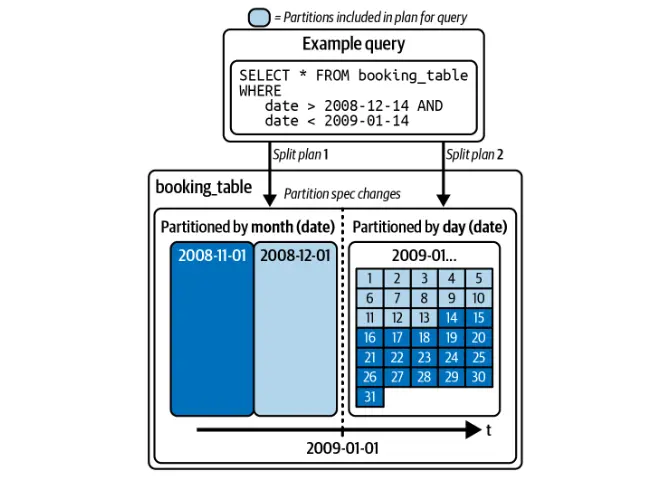
Hidden Partitioning
Iceberg automatically optimizes queries based on partitioning, eliminating the need for users to manually filter by partition columns.
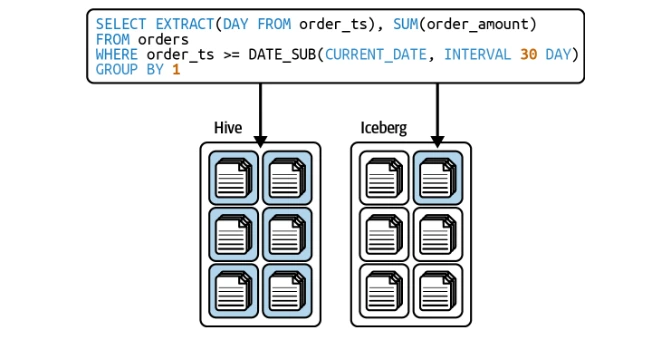
Row-Level Operations (Copy-on-Write & Merge-on-Read)
Iceberg supports both Copy-on-Write (COW) and Merge-on-Read (MOR) strategies for efficient row-level updates.
Time Travel and Version Rollback
Iceberg's immutable snapshots enable time travel queries and the ability to roll back to previous table states.


Schema Evolution
Iceberg supports schema modifications (adding, removing, or altering columns) without data rewriting, ensuring flexibility and compatibility.
Deep Dive into Iceberg's Architecture
This section explores Iceberg's architecture and how it overcomes Hive's limitations.
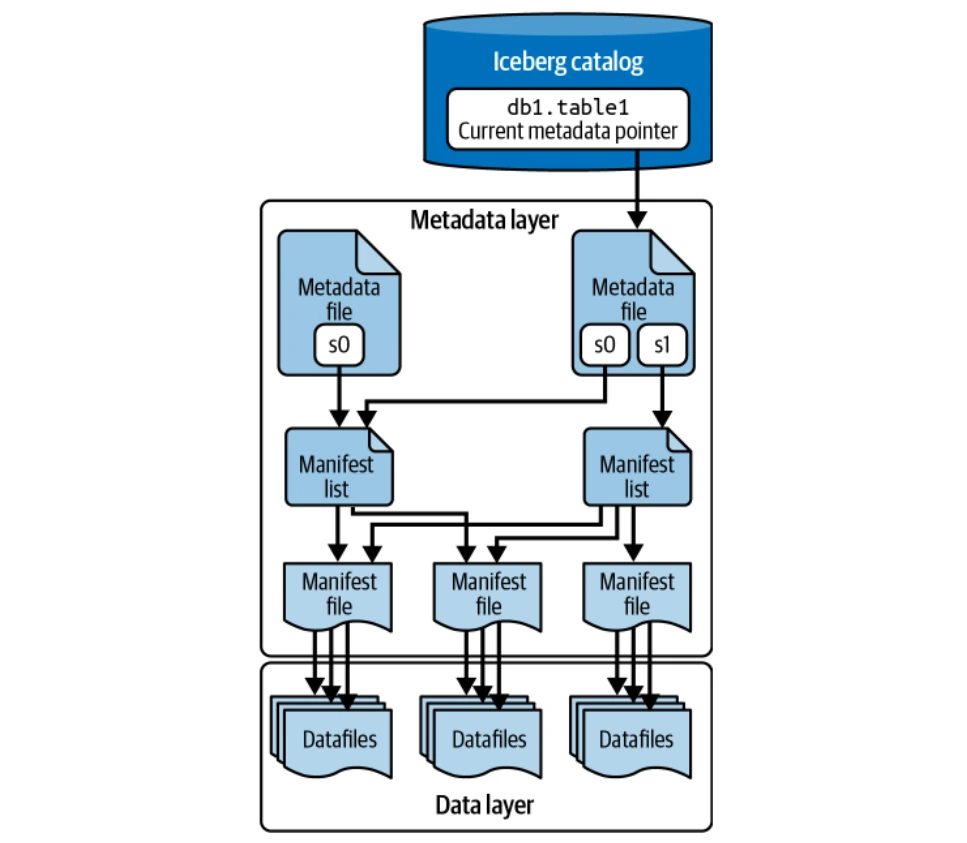
The Data Layer
The data layer stores the actual table data (data files and delete files). It's hosted on distributed filesystems (HDFS, S3, etc.) and supports multiple file formats (Parquet, ORC, Avro). Parquet is commonly preferred for its columnar storage.


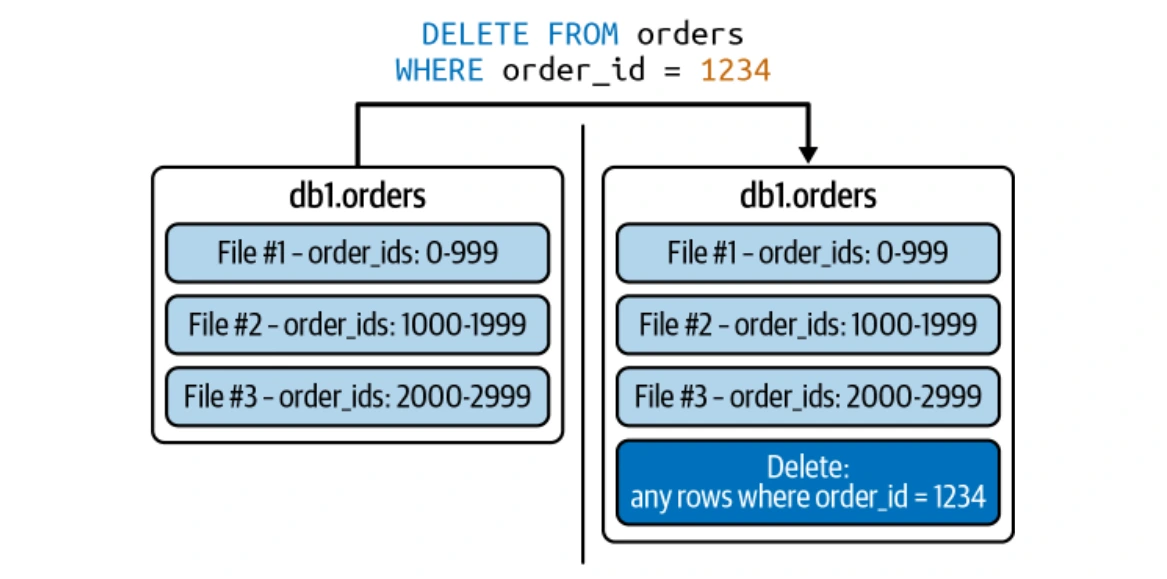
The Metadata Layer
This layer manages all metadata files in a tree structure, tracking data files and operations. Key components include manifest files, manifest lists, and metadata files. Puffin files store advanced statistics and indexes for query optimization.
The Catalog
The catalog acts as a central registry, providing the location of the current metadata file for each table, ensuring consistent access for all readers and writers. Various backends can serve as Iceberg catalogs (Hadoop Catalog, Hive Metastore, Nessie Catalog, AWS Glue Catalog).
Iceberg vs. Other Table Formats: A Comparison
Iceberg, Parquet, ORC, and Delta Lake are frequently used in large-scale data processing. Iceberg distinguishes itself as a table format offering transactional guarantees and metadata optimizations, unlike Parquet and ORC which are file formats. Compared to Delta Lake, Iceberg excels in schema and partition evolution.
Conclusion
Apache Iceberg offers a robust, scalable, and user-friendly approach to data lake management. Its features make it a compelling solution for organizations handling large-scale data.
Frequently Asked Questions
Q1. What is Apache Iceberg? A. A modern, open-source table format enhancing data lake performance, consistency, and scalability.
Q2. Why is Apache Iceberg needed? A. To overcome Hive's limitations in metadata handling and transactional capabilities.
Q3. How does Iceberg handle schema evolution? A. It supports schema changes without requiring full table rewrites.
Q4. What is partition evolution in Iceberg? A. Modifying partitioning schemes without rewriting historical data.
Q5. How does Iceberg support ACID transactions? A. Through optimistic concurrency control, ensuring atomic updates.
The above is the detailed content of How to Use Apache Iceberg Tables?. For more information, please follow other related articles on the PHP Chinese website!

Hot AI Tools

Undress AI Tool
Undress images for free

Undresser.AI Undress
AI-powered app for creating realistic nude photos

AI Clothes Remover
Online AI tool for removing clothes from photos.

Clothoff.io
AI clothes remover

Video Face Swap
Swap faces in any video effortlessly with our completely free AI face swap tool!

Hot Article

Hot Tools

Notepad++7.3.1
Easy-to-use and free code editor

SublimeText3 Chinese version
Chinese version, very easy to use

Zend Studio 13.0.1
Powerful PHP integrated development environment

Dreamweaver CS6
Visual web development tools

SublimeText3 Mac version
God-level code editing software (SublimeText3)

Hot Topics
 1794
1794
 16
16
 1739
1739
 56
56
 1590
1590
 29
29
 1468
1468
 72
72
 267
267
 587
587
 AI Investor Stuck At A Standstill? 3 Strategic Paths To Buy, Build, Or Partner With AI Vendors
Jul 02, 2025 am 11:13 AM
AI Investor Stuck At A Standstill? 3 Strategic Paths To Buy, Build, Or Partner With AI Vendors
Jul 02, 2025 am 11:13 AM
Investing is booming, but capital alone isn’t enough. With valuations rising and distinctiveness fading, investors in AI-focused venture funds must make a key decision: Buy, build, or partner to gain an edge? Here’s how to evaluate each option—and pr
 AGI And AI Superintelligence Are Going To Sharply Hit The Human Ceiling Assumption Barrier
Jul 04, 2025 am 11:10 AM
AGI And AI Superintelligence Are Going To Sharply Hit The Human Ceiling Assumption Barrier
Jul 04, 2025 am 11:10 AM
Let’s talk about it. This analysis of an innovative AI breakthrough is part of my ongoing Forbes column coverage on the latest in AI, including identifying and explaining various impactful AI complexities (see the link here). Heading Toward AGI And
 Kimi K2: The Most Powerful Open-Source Agentic Model
Jul 12, 2025 am 09:16 AM
Kimi K2: The Most Powerful Open-Source Agentic Model
Jul 12, 2025 am 09:16 AM
Remember the flood of open-source Chinese models that disrupted the GenAI industry earlier this year? While DeepSeek took most of the headlines, Kimi K1.5 was one of the prominent names in the list. And the model was quite cool.
 Future Forecasting A Massive Intelligence Explosion On The Path From AI To AGI
Jul 02, 2025 am 11:19 AM
Future Forecasting A Massive Intelligence Explosion On The Path From AI To AGI
Jul 02, 2025 am 11:19 AM
Let’s talk about it. This analysis of an innovative AI breakthrough is part of my ongoing Forbes column coverage on the latest in AI, including identifying and explaining various impactful AI complexities (see the link here). For those readers who h
 Grok 4 vs Claude 4: Which is Better?
Jul 12, 2025 am 09:37 AM
Grok 4 vs Claude 4: Which is Better?
Jul 12, 2025 am 09:37 AM
By mid-2025, the AI “arms race” is heating up, and xAI and Anthropic have both released their flagship models, Grok 4 and Claude 4. These two models are at opposite ends of the design philosophy and deployment platform, yet they
 AMD Keeps Building Momentum In AI, With Plenty Of Work Still To Do
Jun 28, 2025 am 11:15 AM
AMD Keeps Building Momentum In AI, With Plenty Of Work Still To Do
Jun 28, 2025 am 11:15 AM
Overall, I think the event was important for showing how AMD is moving the ball down the field for customers and developers. Under Su, AMD’s M.O. is to have clear, ambitious plans and execute against them. Her “say/do” ratio is high. The company does
 Chain Of Thought For Reasoning Models Might Not Work Out Long-Term
Jul 02, 2025 am 11:18 AM
Chain Of Thought For Reasoning Models Might Not Work Out Long-Term
Jul 02, 2025 am 11:18 AM
For example, if you ask a model a question like: “what does (X) person do at (X) company?” you may see a reasoning chain that looks something like this, assuming the system knows how to retrieve the necessary information:Locating details about the co
 AI Will Blackmail, Snitch, Even Kill For Its Hidden Agendas
Jun 26, 2025 am 10:36 AM
AI Will Blackmail, Snitch, Even Kill For Its Hidden Agendas
Jun 26, 2025 am 10:36 AM
Threats associated with AI use are rising in both volume and severity, as this new-age technology touches more and more aspects of human lives. A new report now warns of another impending danger associated with the wide-scale use




